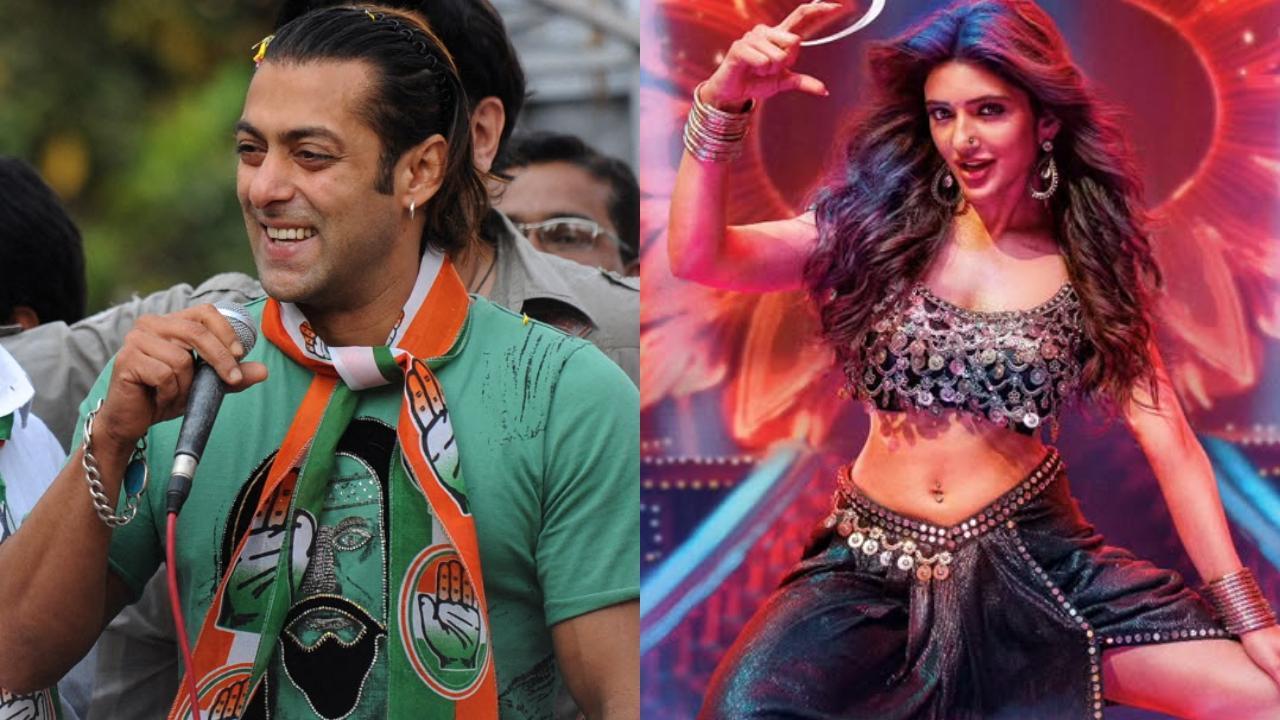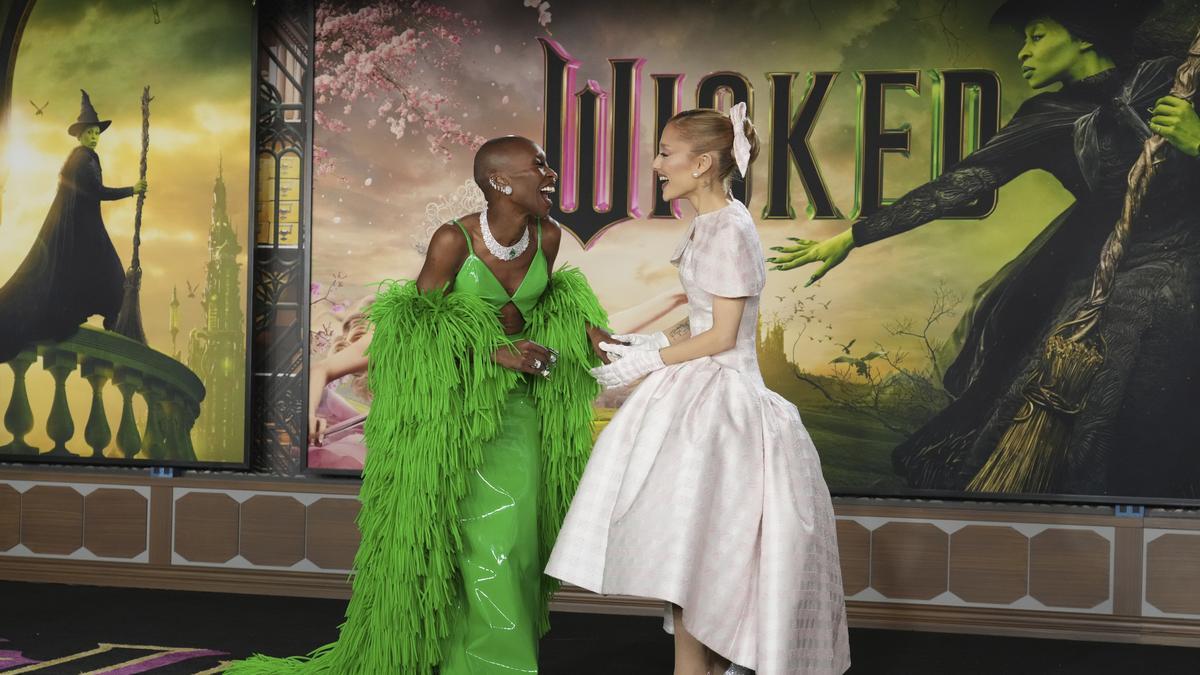
Seven years after its monumental release, filmmaker Anurag Kashyap has publicly declared that “Gangs of Wasseypur”, a film often cited as a modern classic, essentially “ruined” his life. With the film recently making its way back to theaters, its impact on Kashyap’s career and personal trajectory is once again a topic of conversation.
In a candid Instagram post, Kashyap reflected on the unforeseen aftermath that came with the movie’s overwhelming success. According to the acclaimed director, the expectations set by “Gangs of Wasseypur” led to a significant shift in how he was perceived within the film industry and by audiences.
The saga began in 2012 when “Gangs of Wasseypur” was first released. The two-part film, centered around the coal mafia of Wasseypur and filled with vendettas that span generations, captivated audiences and critics alike. Featuring a stellar ensemble cast including Nawazuddin Siddiqui, Manoj Bajpayee, Huma Qureshi, Richa Chadha, and Tigmanshu Dhulia, the movie set a new standard for gangster dramas in Bollywood.
The movie’s gritty realism, intense performances, and memorable dialogues quickly earned it a cult following. Lines like “Baap ka, dada ka, bhai ka, sabka badla lega re tera Faizal” and “Keh ke loonga” became deeply ingrained in popular culture, thanks largely to Nawazuddin Siddiqui’s potent portrayal of Faizal Khan.
However, the same qualities that made “Gangs of Wasseypur” a standout piece of cinema also became a double-edged sword for Kashyap. He noted that since the film’s release, the industry has largely wanted him to replicate the same formula in his subsequent projects, stifling his creative diversification. “Seven years back is exactly when my life got ruined. Since then, all everyone wants me to do is the same thing over and over again,” Kashyap expressed in one of his posts.
Despite his attempts to branch out and tackle different genres and styles, the shadow cast by “Gangs of Wasseypur” remained long and overbearing. The filmmaker revealed that this pigeonholing has led to continuous struggles and frustrations, as the industry’s rigid expectations have often clashed with his desire for artistic freedom.
Kashyap’s filmography post-‘Wasseypur’ indeed reflects a filmmaker striving to escape a creative orbit set in motion by a single project.
. Though he directed a series of other notable films such as “Black Friday,” “Dev.D,” “Gulaal,” “Ugly,” “Raman Raghav,” “Mukkabaaz,” and “Manmarziyaan,” the specter of “Gangs of Wasseypur” loomed large over each endeavor.
The re-release of “Gangs of Wasseypur” in theaters from August 30 to September 5 reignited interest and reverence for the film. It also revived discussions about the legacy of this landmark film and its enduring influence on Indian cinema. Audiences, nostalgic and eager to relive the epic saga, flocked to theaters, reaffirming the film’s status as a cultural milestone.
It’s worth noting that the film also served as a pivotal moment for its cast. Nawazuddin Siddiqui, in particular, delivered a performance that solidified his status as one of Bollywood’s most remarkable actors. His character, Faizal Khan, is still remembered for its intense depth and compelling arc of revenge and retribution.
“Baap ka, dada ka, bhai ka, sabka badla lega re tera Faizal.” This particular line continues to resonate, encapsulating the essence of Faizal Khan’s vendetta-driven narrative. Similarly, lines like “Tumse na ho payega” have seeped into everyday vernacular, illustrating Siddiqui’s dynamic and impactful portrayal.
While Kashyap’s frustrations and struggles post-‘Wasseypur’ are clear, the director remains hopeful. He mentioned hoping that “Saadhe Saati,” an astrological phrase referring to a challenging period, would end by the conclusion of 2019. Whether this hope manifests in the reality of his career remains to be seen, but it’s evident that Kashyap’s passion for filmmaking endures despite the hurdles.
As the cinematic world revisits “Gangs of Wasseypur,” it’s a pertinent time to reflect not only on the film’s artistic merits but also on the personal cost of such monumental success. Anurag Kashyap’s journey serves as a reminder that in film, as in life, what lies behind the scenes can often paint a very different picture from what unfolds on screen.










